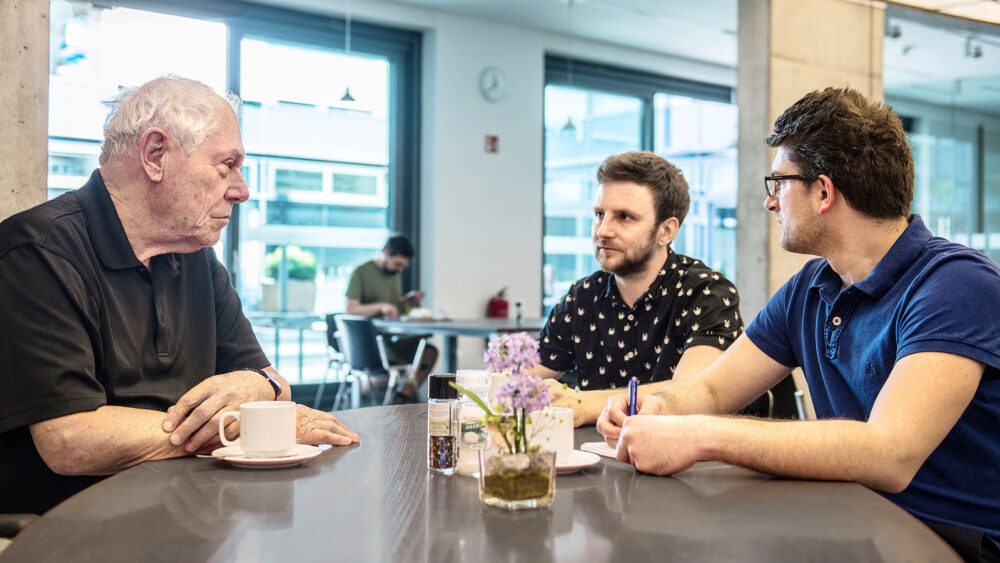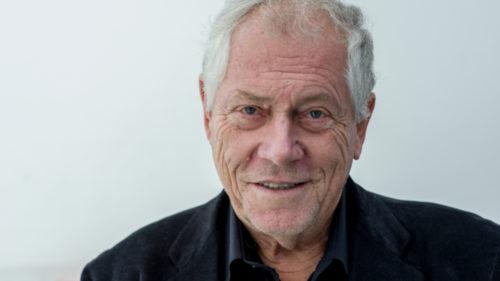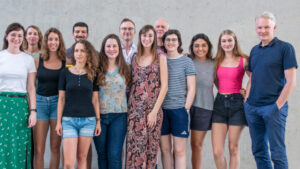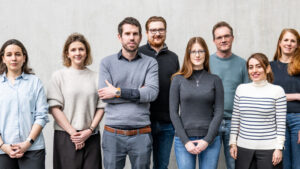

Melchers lab
We intend to define molecular, cellular and functional properties of quiescent and of activated hematopoietic stem cells.
Lymphocyte Development
Hematopoietic stem cells (HSC) and memory lymphocytes are maintained as quiescent, long-lived cells, in dedicated, yet poorly characterised niches of the bone marrow. We have shown that quiescent hematopoietic stem cells provide a reservoir of Mycobacteria, the etiologic agent of tuberculosis. Quiescent memory lymphocytes of the bone marrow are roadblocks to tolerance induction in chronic inflammatory diseases. Our goal is to understand the molecular mechanisms controlling quiescence. Apart from the fundamental progress in understanding life-long hematopoiesis and immunity, this knowledge will generate entirely new options to treat chronic, latent infections, like tuberculosis, and chronic inflammatory (rheumatic) diseases.
In 2019, we started to coordinate an international and interdisciplinary network of experts in stromal cell biology, hematology, , molecular cell biology (in particular RNA biology), immunology, infectiology and inflammation, , funded by the Leibniz Association. The consortium combines experimental in vivo and ex vivo approaches to define the signals inducing, maintaining or terminating quiescence, the integration of signalling pathways in the hematopoietic and immune cells, and the targets of signalling, which confer long-lasting quiescence.
With the results of this project, we will provide new insights into the molecular mechanisms of quiescence and longevity of HSC, memory B- and plasma cells, as well as of the molecular basis of latency of Mtb infection. In the late phases of the project, this will allow comparisons with the quiescence and longevity of memory lymphocytes of autoimmune responses in autoimmune diseases (NZBxNZW mouse model of systemic lupus erythematosus). This will be informative for deciphering which molecular mechanisms are shared in these long-lived bone marrow-born cells. The analyses of latent tuberculosis infection (LTBI)-derived, Mtb-infected HSC will also provide information on the similarity of gene expression programs of murine and human HSC.
Keywords
Hematopoietic stem cell
Stem cell quiescence
miRNA regulation
Hematopoiesis
B cell differentiation

Group leader:
Professor Dr. Fritz Melchers
Scientists:
Dr. Peter K. Jani
- Stable lines and clones of long-term proliferating normal, genetically unmodified murine common lymphoid progenitors. Kawano et al.; Blood. 2018 May 3;131(18):2026-2035. doi: 10.1182/blood-2017-09-805259
- MiR221 promotes precursor B-cell retention in the bone marrow by amplifying the PI3K-signaling pathway in mice. Petkau et al.; Eur J Immunol. 2018 Jun;48(6):975-989. doi: 10.1002/eji.201747354
- Human and mouse hematopoietic stem cells are a depot for dormant Mycobacterium Tuberculosis. Tornack et al.; PLOS ONE | DOI:10.1371/journal.pone.0169119 January 3, 2017.
- Flt3 ligand expression characterizes functionally distinct subpopulations of CD150+ long-term repopulating hematopoietic stem cells. Tornack et al.; Eur J Immunol. 2017 Sep;47(9):1477-1487. doi: 10.1002/eji.201646730. Epub 2017 Jul 26
- IL-7 and immobilized Kit-ligand stimulate serum- and stromal cell-free cultures of precursor B-cell lines and clones. Kawano et al.; Eur J Immunol. 2017 Jan;47(1):206-212. Epub 2016 Nov 11
1. Dr. Wolfgang Bauer, Department of Dermatology at the Medical University at the AKH in Vienna (DIAID), Austria (AG Stingl)
2. Prof. Stefan Kaufmann, Max Planck Institute for Infection Biology in Berlin (MPIIB), Germany, (AG Kaufmann)
3. Ralf Richter, Faculty of Biological Sciences of the University of Leeds, Leeds, United Kingdom, (AG Richter).
4. Dr. Ulrich Scheible, Leibniz Forschungszentrum in Borstel, Germany (AG Scheible)
5. Prof. Dr. Georg Stingl, Dr. Wolfgang Bauer, Department of Dermatology at the Medical University at the AKH in Vienna (DIAID), Austria (AG Stingl)
6. Prof. Jörg Vogel, Helmholtz Institute for RNA-based Infection Research in Würzburg (HIRI), Germany (AG Vogel)

 Deutsch
Deutsch
